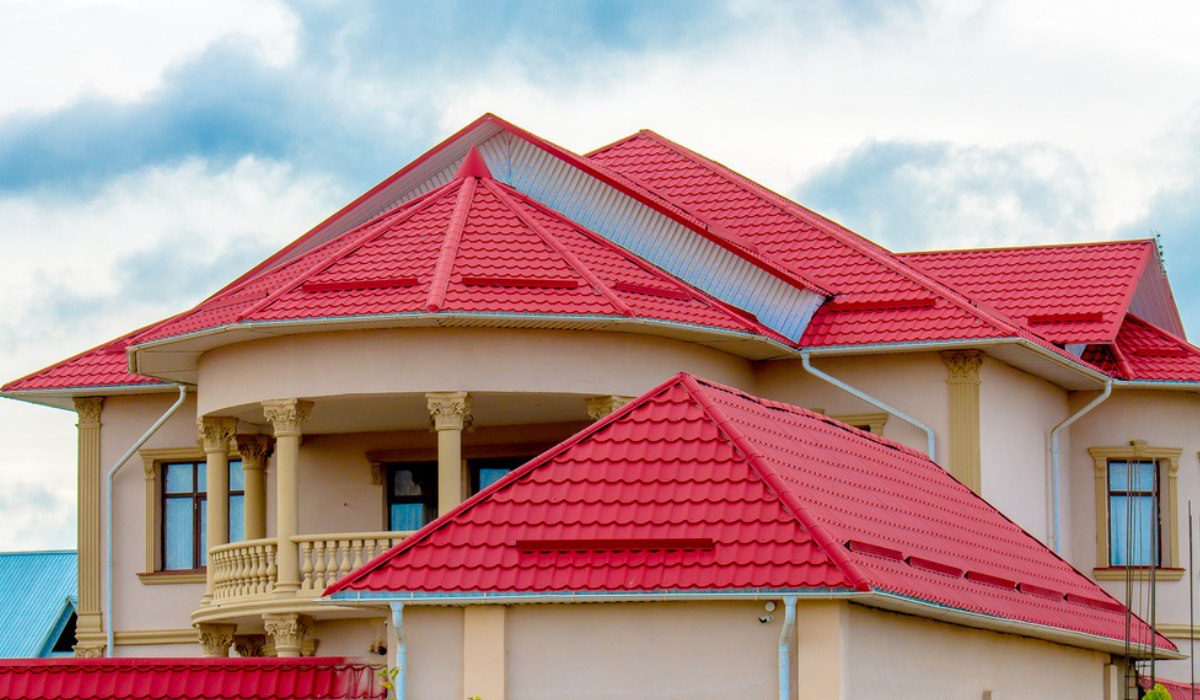
As a homeowner, it is important to be aware of the condition of your roof and the potential problems that can arise over time. Doing so can help to prevent any serious damage from occurring and can help save you the expense of costly repairs or even a full roof replacement. In this blog post, we will look at how to spot and fix common roofing problems. We’ll discuss the various types of roofing materials, common roofing issues, and methods for effectively addressing and repairing roofing problems. With all of this information, you will be more informed and better equipped to tackle any issues that arise and keep your roof in optimal condition.

Contents
Identifying Signs of Roof Damage
One of the most important steps in maintaining a healthy roof is identifying any potential signs of damage. If you suspect your roof may be damaged, take a closer look and inspect it carefully. Look for cracked, broken, or missing shingles, as well as gaps or rust on the roof. Make sure to also check around the chimney, skylights, and gutters. If you see any of these signs, you should contact a professional roofer to get the necessary repairs done.
Inspect for Leaks:
Leaks are one of the most common roofing problems, and they can be difficult to spot. It is important to inspect your roof regularly to check for any signs of a roof leak, such as water spots on the ceiling or walls, damp or discolored patches on the roof, or visible signs of moisture on the insulation. If you do find a leak, it is important to repair it right away to prevent any further damage. Depending on the size of the leak, you may be able to repair it yourself, or you may need to call in a professional roofer.
Repair Leaks and Damaged Areas
When it comes to roofing problems, it is important to repair any leaks or damaged areas as soon as possible. You can spot these areas from the ground or from the roof itself. In either case, it is important to inspect the area thoroughly and make any necessary repairs. If you find a leak, you will need to patch it up with roofing cement, tar, or shingles. If you find a damaged area, you will need to replace the affected shingles or tiles. Be sure to properly seal the area with roofing cement and nails to ensure a proper repair.
Check for Sagging or Bulging Areas
The fourth way to spot and fix common roofing problems is to check for sagging or bulging areas. This is due to the shifting of the roof over time, as well as the accumulation of snow and ice. If your roof is sagging or bulging, it’s important to take steps to repair it as soon as possible to prevent further damage. Start by removing any debris from the roof and inspecting it closely. You may need to replace some of the roofing materials or add support to the roof in order to properly fix the problem. Taking these steps will help to keep your roof in good condition and prevent leaks.
Look for Cracked or Missing Shingles or Tiles
Fifth, take a look at the shingles or tiles on your roof. If any are cracked or missing, this can lead to water seeping into your home, damaging your roof’s structure and leading to costly repairs. Be sure to check for loose shingles or tiles, which can be dangerous if they become dislodged. If you notice any of these problems, it’s important to call a professional roofer immediately to get the issue taken care of.
In conclusion, it can be daunting to tackle roofing issues on your own, but with the right knowledge and tools, you can spot and fix common roofing problems with ease. If you are unsure of what you are doing, be sure to call a professional roofer for help. It is always best to be safe than sorry when it comes to roofing concerns. Taking the steps outlined in this article will help ensure that your roof is in good condition and that your home is safe and secure.


